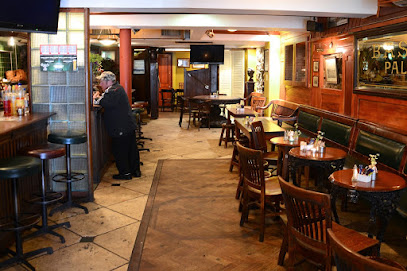
Island Wedge Tomb: A Glimpse into Ireland's Bronze Age Past
Explore the Island Wedge Tomb in County Cork, a captivating Bronze Age monument offering a glimpse into Ireland's ancient past.
The Island Wedge Tomb, located in County Cork, is a well-preserved megalithic monument dating back to the Bronze Age (circa 2500-2000 BC). This wedge-shaped gallery grave offers a fascinating insight into the funerary practices and architectural skills of Ireland's early inhabitants. The site features a main chamber and portico enclosed within a U-shaped outer wall, all surrounded by an oval cairn.
A brief summary to Island Wedge Tomb
- Island, Co. Cork, IE
- Visit website
Local tips
- Wear sturdy footwear, as the field leading to the tomb can be uneven and muddy, especially after rain.
- Bring a camera to capture the beauty of the tomb and the surrounding landscape.
- Check the weather forecast before your visit and dress accordingly, as the site is exposed to the elements.
- Combine your visit with other nearby attractions, such as Annes Grove Gardens or Doneraile Court and Estate.
Getting There
-
Driving
From Mallow, take the N20 south for approximately 6 kilometers. Turn left towards Burnfort (signposted). In Burnfort, take the next left past the school. Keep right at the fork and then take the first road to the right (not a farm track). Take the second track on your right. This paved farm track leads to two farmhouses. Ask for permission to access the field at the second house (not the one on the left). The tomb is located in the field behind a large red barn. Note that access depends on the farmer's permission.
-
Taxi
Taxis are available in nearby towns such as Mallow or Clonakilty. From Clonakilty, a taxi to Island Wedge Tomb would cost approximately €65-€80 and take 46 minutes. From Mallow, expect a shorter but similar-priced journey due to rural fares. Always confirm the fare with the driver before starting your journey.
Discover more about Island Wedge Tomb
Iconic landmarks you can’t miss
Medieval City Wall (Balla Cathrach na Meánaoise)
20.2 km
Explore Cork's Medieval City Wall: A journey through history in the heart of the city, revealing ancient defenses and architectural ingenuity.
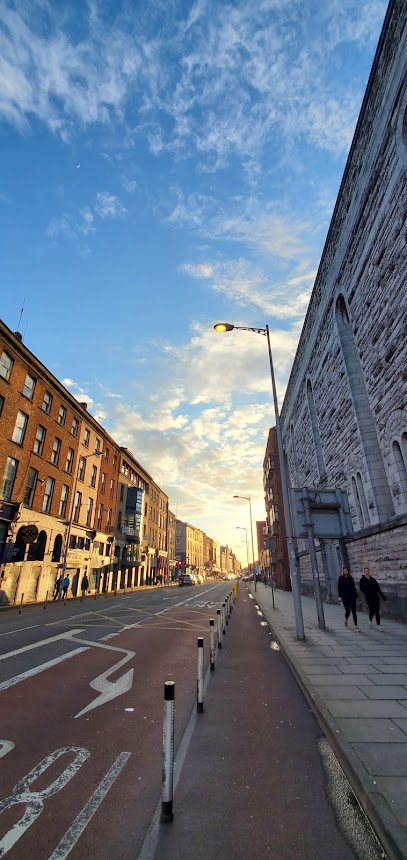
Cork Historic Walking Tours
20.4 km
Explore Cork's rich history and vibrant culture with the unforgettable Cork Historic Walking Tours, perfect for every traveler seeking adventure.
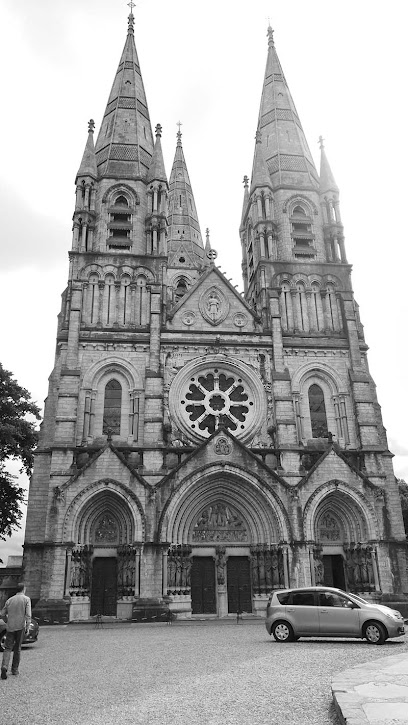
Original Walls of Saint Mary of the Isle
20.4 km
Discover the historic Original Walls of Saint Mary of the Isle in Cork's scenic The Lough area, open daily for a reflective journey into the past.

National Monument - Cork
20.4 km
Discover the National Monument in Cork, a stunning historical landmark celebrating Ireland's rich heritage and independence.
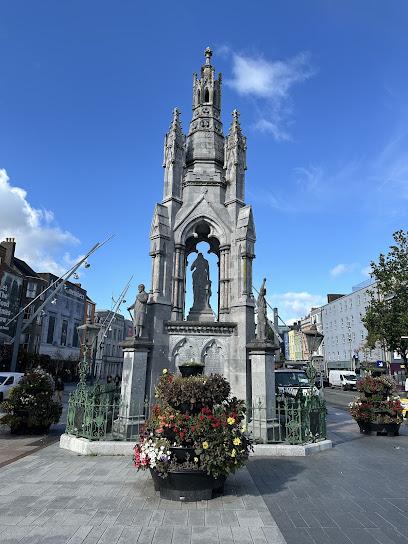
Glanworth Castle
20.4 km
Discover the historic Glanworth Castle in County Cork, Ireland, with its medieval ruins and scenic views of the River Funcheon.
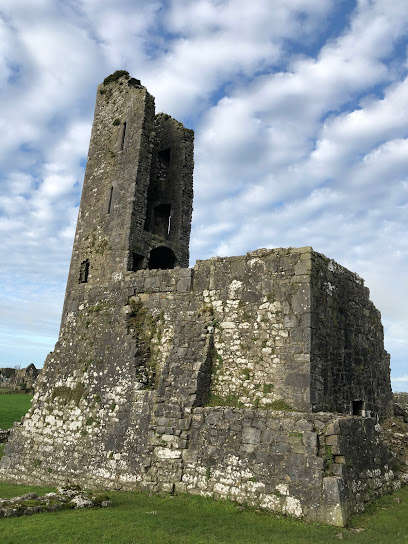
Saint Fin Barre's Cathedral
20.4 km
Explore the stunning Gothic architecture and serene beauty of Saint Fin Barre's Cathedral, a cultural and historical gem in the heart of Cork, Ireland.
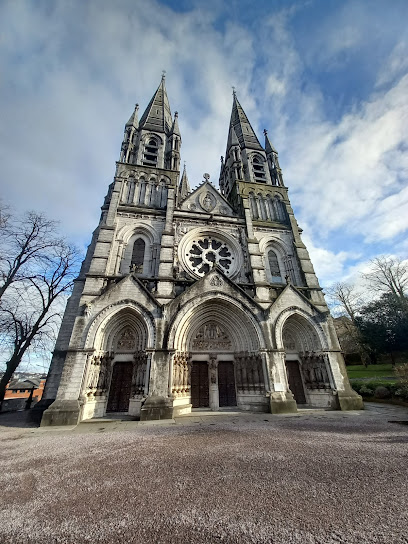
Eamon de Valera Bridge
20.4 km
Discover the Eamon de Valera Bridge in Cork, a stunning architectural landmark steeped in history, perfect for leisurely strolls and breathtaking views.
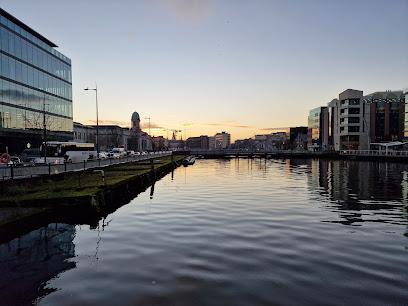
Nano Nagle Bridge
20.4 km
Experience the beauty and history of Nano Nagle Bridge in Cork, an architectural marvel connecting communities and offering stunning riverside views.
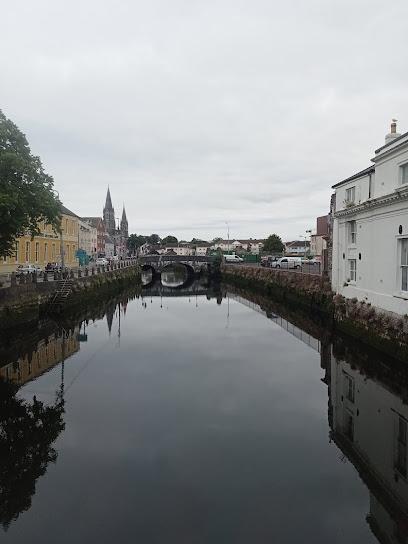
Elizabeth Fort
20.5 km
Explore the historic Elizabeth Fort in Cork, Ireland, a fascinating landmark offering breathtaking views and rich military heritage.
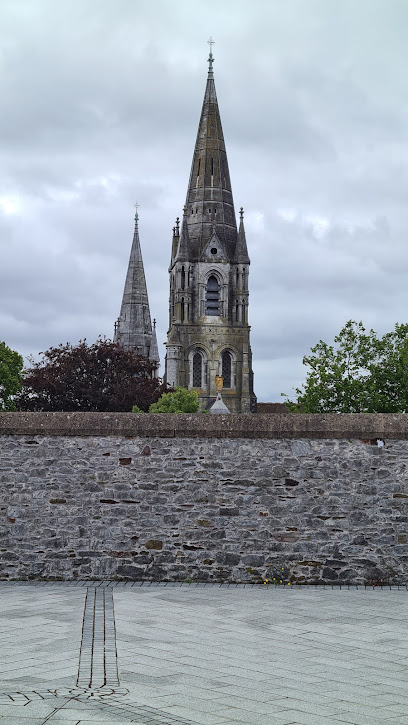
Red Abbey Tower
20.7 km
Explore the historical significance and architectural beauty of the Red Abbey Tower, a must-visit landmark in Cork, Ireland.
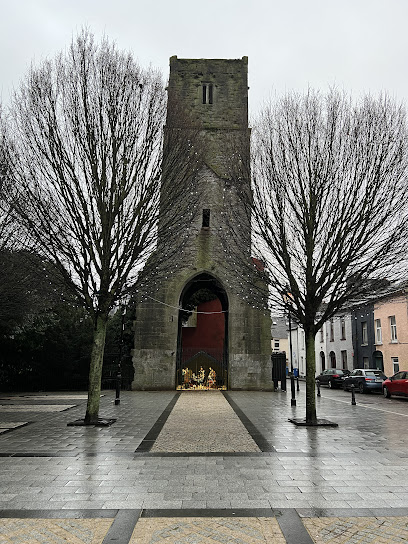
Nano Nagle Place
20.7 km
Explore the rich heritage and serene gardens of Nano Nagle Place in Cork, Ireland, where history and tranquility come together.
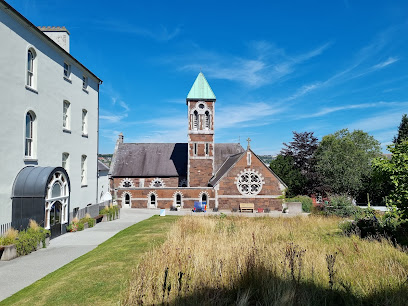
Dundanion House Bridge
21.8 km
Discover the historic charm of Dundanion House Bridge in Cork: scenic views, rich history, and architectural beauty await!
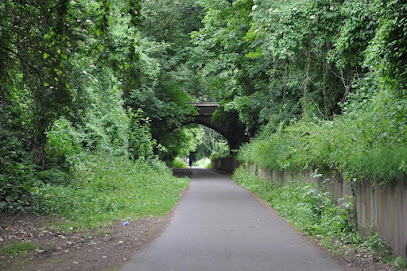
Blackrock Castle Observatory
22.2 km
Explore the enchanting Blackrock Castle Observatory, where history meets astronomy in the heart of Cork, Ireland.

Carrigadrohid Castle
26.3 km
Discover Carrigadrohid Castle, a medieval tower house on the River Lee, offering a unique glimpse into Ireland's rich history and scenic beauty.

Old Church
29.8 km
Explore the historic Old Church of Cloyne in Co. Cork, a serene site rich in ecclesiastical heritage and stunning architecture amidst picturesque landscapes.

Unmissable attractions to see
Mallow Castle(Caisleán Mala)
8.4 km
Explore Mallow Castle, a stunning historical landmark in County Cork, offering rich heritage, beautiful gardens, and an immersive cultural experience.
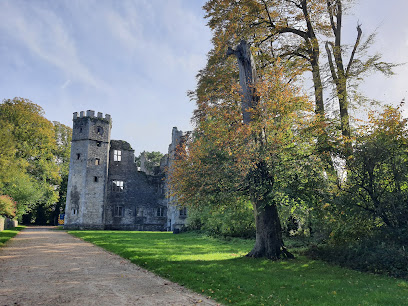
Bridgetown Abbey
12.7 km
Discover the atmospheric ruins of Bridgetown Abbey in County Cork, a beautifully preserved 13th-century Augustinian monastery on the Blackwater River.
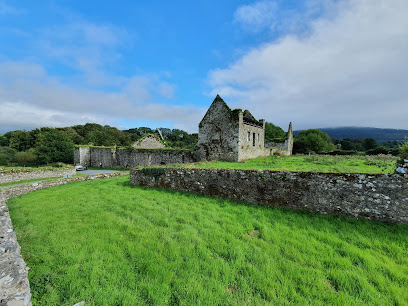
Blarney Woollen Mills
15.0 km
Explore Blarney Woollen Mills for authentic Irish crafts, textiles, and gifts, reflecting the rich cultural heritage of Ireland.
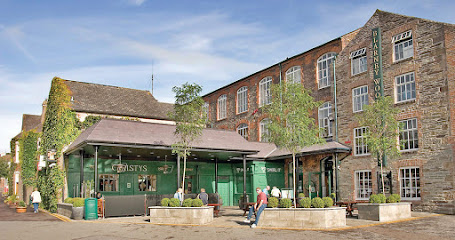
Blarney Castle & Gardens(Gairdíní Chaisleán na Blarnan)
15.2 km
Explore the wonders of Blarney Castle & Gardens, where history meets beauty in the heart of Ireland's enchanting landscape.
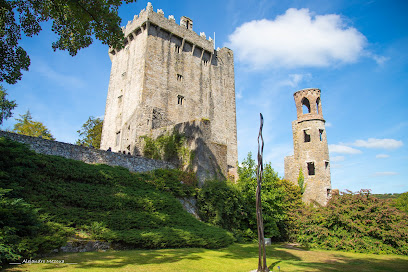
Blarney Castle & Gardens
15.4 km
Explore the legendary Blarney Castle & Gardens in Cork, Ireland - where history, beauty, and the gift of eloquence come together.
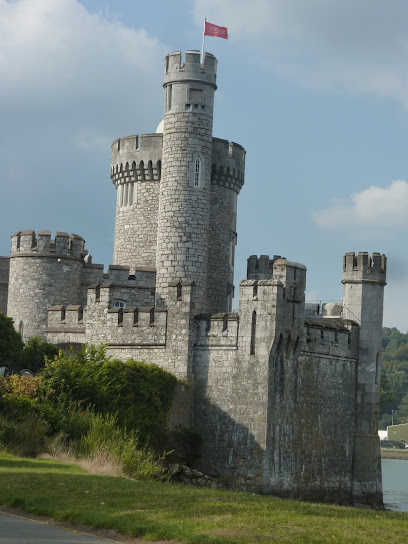
Blarney Stone
15.4 km
Discover the enchanting Blarney Stone at Blarney Castle, where history, beauty, and the gift of eloquence await every traveler.
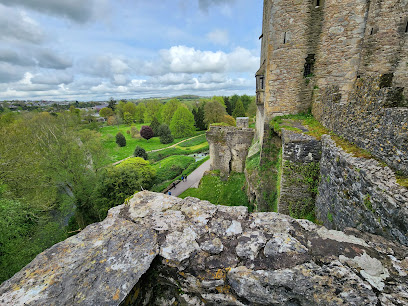
Witch’s Yew Tree
15.4 km
Discover the mystical Witch's Yew Tree in Cork: an ancient landmark where nature and Irish folklore intertwine.
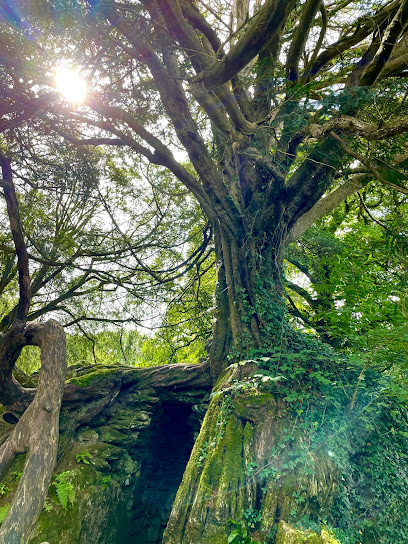
Rock Close
15.5 km
Discover the mystical allure of Rock Close, a captivating tourist attraction in Cork, Ireland, blending nature, history, and folklore.

Blarney Castle House(Teach Caisleán na Blarnan)
15.7 km
Explore Blarney Castle: A historical landmark in Cork, offering stunning gardens, legendary experiences, and a glimpse into Ireland's rich past.
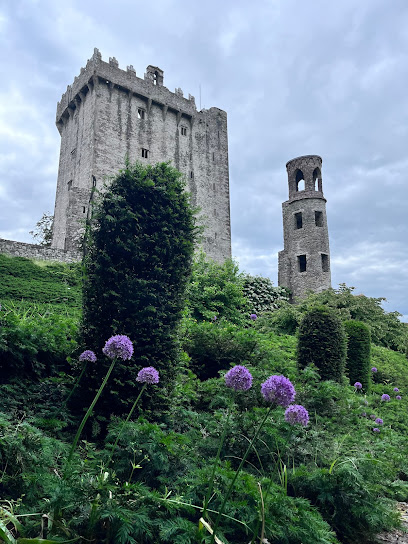
Ballybeg Priory
18.0 km
Explore the ruins of Ballybeg Priory in County Cork, a 13th-century Augustinian monastery with a remarkably preserved dovecot.
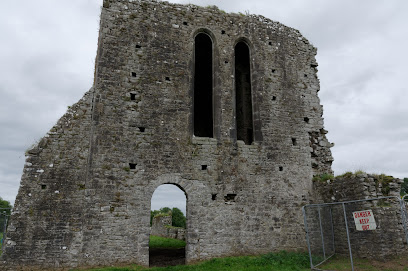
The Glen River Park(Páirc Abhainn an Ghleanna)
18.9 km
Explore the serene beauty of The Glen River Park in Cork, a perfect blend of nature and tranquility in the heart of the city.
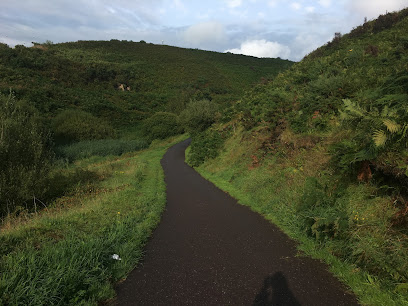
Cathedral of St Mary & St Anne, Shandon
19.5 km
Explore the architectural beauty and spiritual serenity of Shandon Cathedral, a must-visit landmark in Cork with stunning views and rich history.

Cork City Gaol
19.5 km
Explore the fascinating history of Cork City Gaol, a former prison turned museum, showcasing Ireland's rich heritage and gripping stories.
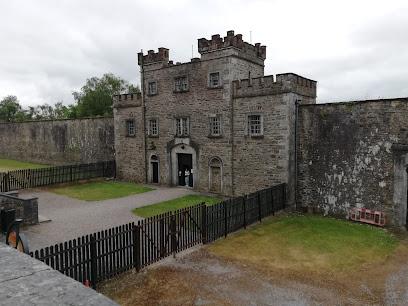
Collins Barracks Military Museum
19.6 km
Discover Ireland's military history at Collins Barracks Military Museum, a captivating destination for history enthusiasts and curious travelers in Cork.
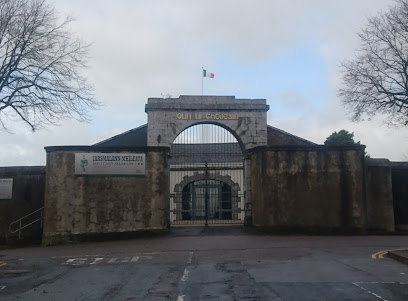
Shandon Clock Tower
19.6 km
Experience the rich history and breathtaking views of Cork City from the iconic Shandon Clock Tower, a must-visit historical landmark.
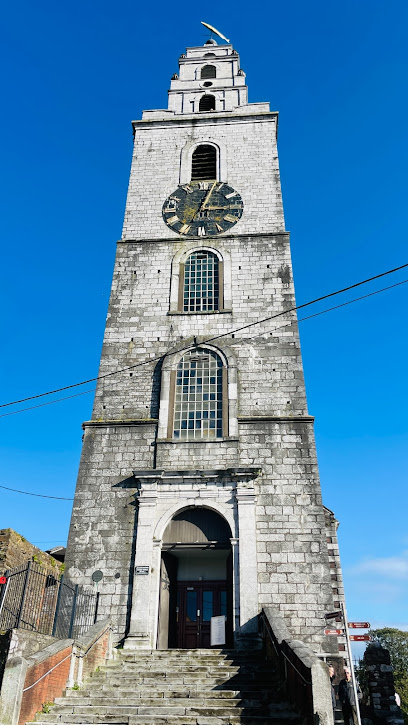
Essential places to dine
The Anglers Bar & Restaurant
19.0 km
Discover the best of local cuisine at The Anglers Bar & Restaurant in Cork, where great food meets exceptional service in a charming setting.
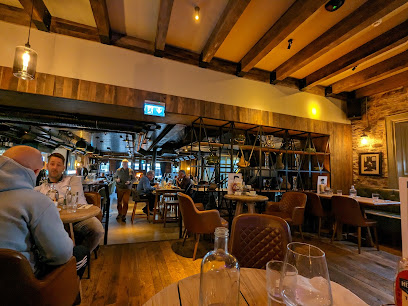
The Four Liars Bistro
19.7 km
Experience authentic Syrian cuisine at The Four Liars Bistro in Cork - where flavor meets tradition in every dish.
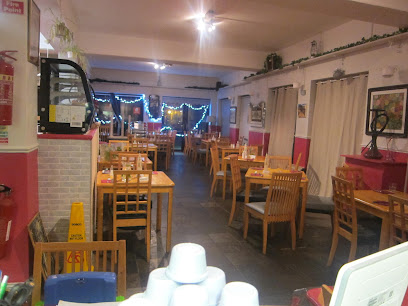
Franciscan Well Brewery & Brewpub
19.7 km
Experience the best of Cork at Franciscan Well Brewery & Brewpub – where craft beer meets delicious pizza in a vibrant atmosphere.
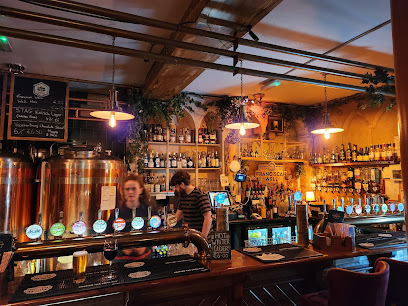
The Barn Gastropub
19.9 km
Experience authentic Irish cuisine at The Barn Gastropub in Glanmire—where tradition meets modern dining.

51 Cornmarket
19.9 km
Experience authentic Irish flavors at 51 Cornmarket - a cozy restaurant in the heart of Cork serving traditional dishes with local ingredients.

Gallagher's Cork
19.9 km
Experience authentic Irish hospitality at Gallagher's Cork - where traditional flavors meet modern dining in the heart of the Victorian Quarter.

The Model Farm
19.9 km
Discover exquisite modern European cuisine at The Model Farm in Cork - where local flavors meet contemporary dining.

Son of a Bun
20.0 km
Discover Cork's top burger joint at Son of a Bun - where taste meets tradition in every delicious bite.
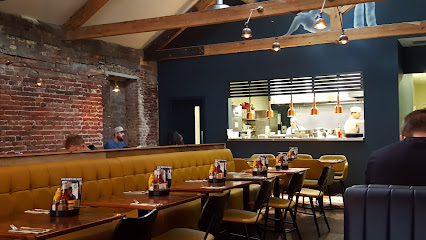
Greenes Restaurant
20.0 km
Experience exquisite modern European cuisine at Greenes Restaurant in Cork's Victorian Quarter – where every dish tells a story.
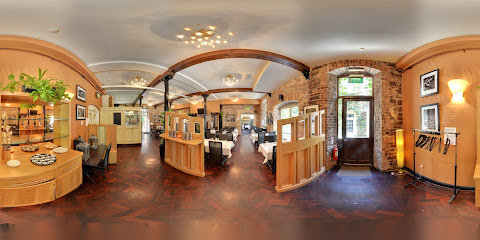
Da Mirco Osteria Italian Restaurant
20.0 km
Savor authentic Italian flavors at Da Mirco Osteria in Cork—an unmissable culinary experience for tourists.
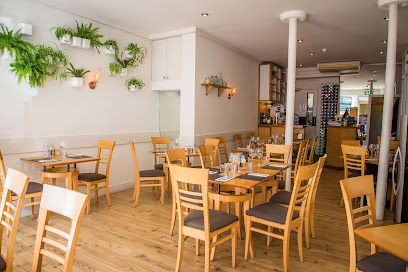
The Old Town Whiskey Bar at Bodega
20.0 km
Discover the heart of Cork at The Old Town Whiskey Bar at Bodega—a historical gastropub with exceptional whiskey and local cuisine.

Isaac's Restaurant
20.0 km
Discover Isaac's Restaurant in Cork's Victorian Quarter for an exquisite fine dining experience featuring locally sourced ingredients and innovative dishes.

The Glass Curtain
20.0 km
Experience contemporary Irish cuisine at The Glass Curtain in Cork's Victorian Quarter - where tradition meets innovation.

Tony's Bistro
20.0 km
Savor traditional Irish cuisine in a cozy bistro setting in the heart of Cork – perfect for breakfast or lunch.
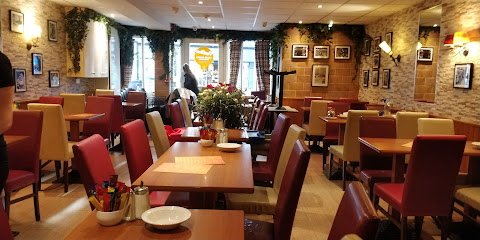
Cornstore Cork
20.0 km
Discover the best of modern European cuisine at Cornstore Cork - where every dish tells a story of flavor and freshness.

Markets, malls and hidden boutiques
Erin Giftstore
15.1 km
Discover authentic Irish gifts at Erin Giftstore in Blarney, Co. Cork – the perfect place to find unique souvenirs and handcrafted treasures.
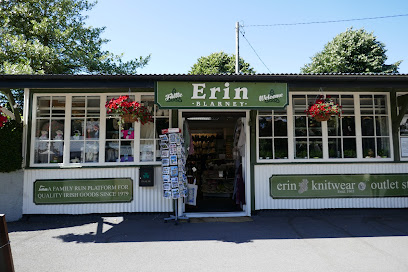
Corkabilia
17.6 km
Explore Corkabilia, your go-to souvenir shop in Co. Cork for authentic Irish gifts and memorable keepsakes from your Irish adventure.

Blackpool Shopping Centre
18.5 km
Explore Blackpool Shopping Centre in Cork for a diverse shopping experience featuring top brands, local boutiques, and delightful dining options.
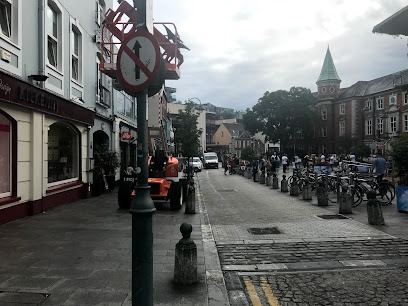
Castlewest Shopping Centre
19.9 km
Discover a vibrant shopping experience at Castlewest Shopping Centre in Ballincollig, County Cork, where variety meets convenience.
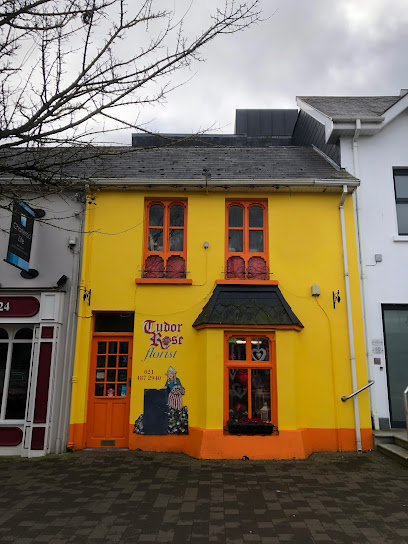
Vibes & Scribes Bookshop
19.9 km
Explore Vibes & Scribes Bookshop in Cork: a charming destination for book lovers, rare finds, and unique gifts!

Vibes & Scribes Crafts
20.0 km
Explore your creativity at Vibes & Scribes Crafts in Cork, your ultimate destination for all crafting supplies, yarn, fabric, and artistic inspiration.

Unbound
20.0 km
Discover unique gifts and local crafts at Unbound, a charming gift shop in Cork's Victorian Quarter, perfect for memorable souvenirs.

MrPRICE Cork City
20.0 km
Explore MrPRICE Cork City for unbeatable deals on fashion, home essentials, and unique finds, all in a vibrant shopping atmosphere.

Miss Daisy Blue
20.0 km
Explore the charm of vintage fashion at Miss Daisy Blue, a unique clothing store in Cork's Victorian Quarter offering curated retro treasures.

The Cornmarket Centre
20.0 km
Experience the vibrant shopping scene at The Cornmarket Centre in Cork, where diverse shops and delightful dining await every visitor.

Agora
20.0 km
Explore Agora in Cork for unique homewares and gifts, reflecting the beauty of local craftsmanship and Irish culture.

Peacock & Ruby
20.0 km
Explore Peacock & Ruby, Cork's premier vintage clothing shop, showcasing unique garments and timeless fashion treasures that tell a story.
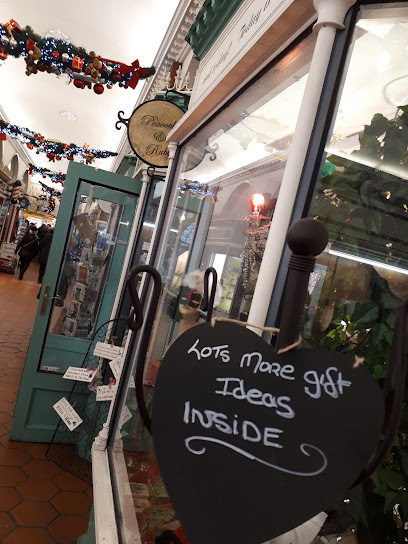
Kilkenny Design Emmett Place
20.0 km
Explore Kilkenny Design in Cork for an exquisite selection of Irish craftsmanship and unique gifts that embody the spirit of Ireland.
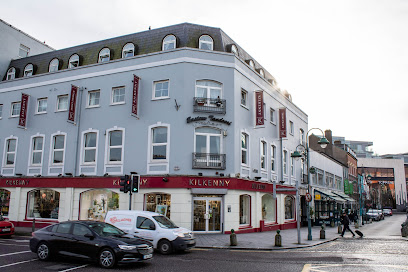
York St Clobber
20.0 km
Explore York St Clobber, a vintage clothing shop in Cork, offering unique treasures that tell a story and reflect timeless fashion trends.

Paul Street Shopping Centre
20.0 km
Explore Cork's bustling Paul Street Shopping Centre, where diverse shops meet delightful dining and local culture, perfect for every traveler.
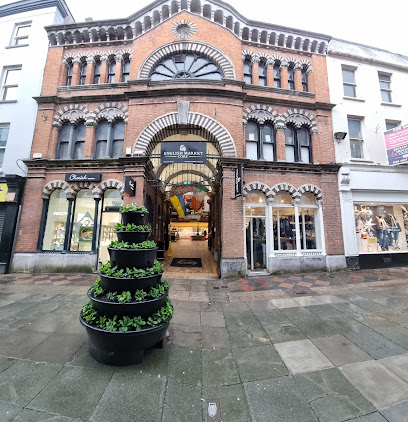
Essential bars & hidden hideouts
Sin é
19.9 km
Discover the best of Irish culture and live music at Sin É, Cork's iconic pub in the heart of the Victorian Quarter.

Paladar
20.0 km
Experience the artistry of cocktails at Paladar, Cork's premier cocktail bar in the vibrant Victorian Quarter.

Cask
20.0 km
Experience Cork's vibrant cocktail scene at Cask, where unique drinks and delicious tapas meet in a stylish setting.
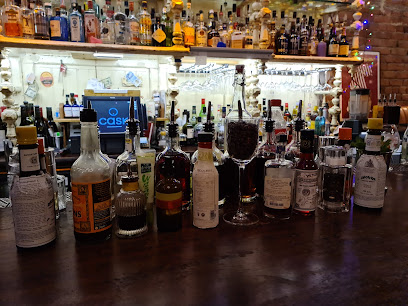
The Shelbourne Bar
20.0 km
Experience authentic Irish culture and hospitality at The Shelbourne Bar, a charming pub in Cork's Victorian Quarter with traditional fare and live music.
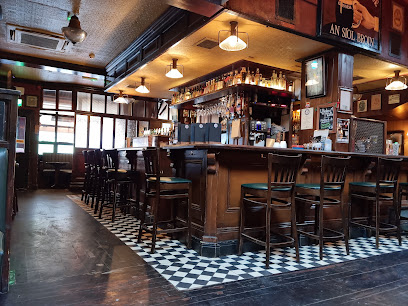
The Black Dog
20.0 km
Experience the vibrant fusion of cocktails and tacos at The Black Dog, Cork's unique hot spot for foodies and nightlife lovers.

Impala
20.1 km
Discover the vibrant cocktail scene at Impala in Cork, where expertly crafted drinks meet a lively atmosphere.
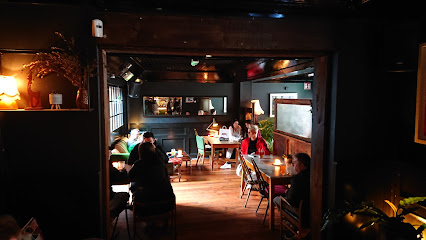
The Raven Bar
20.1 km
Experience the vibrant atmosphere and authentic Irish cuisine at The Raven Bar in Cork, a must-visit pub for tourists and locals alike.

The Alibi Bar + Kitchen
20.1 km
Experience Cork's lively nightlife at The Alibi Bar + Kitchen, where expertly crafted cocktails and delicious tapas await in a vibrant setting.
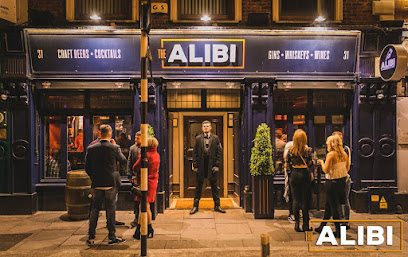
The Liberty Bar X Resistance
20.1 km
Experience the vibrant nightlife of Cork at The Liberty Bar X Resistance, where cocktails, live music, and good vibes come together.

The Silly Goose
20.1 km
Experience the vibrant flavors of Cork at The Silly Goose, where grilled delights and a lively atmosphere come together for an unforgettable dining experience.

Le Chateau
20.2 km
Discover the charm of Cork at Le Chateau, a cozy bar offering a delightful selection of drinks in a warm, inviting atmosphere.
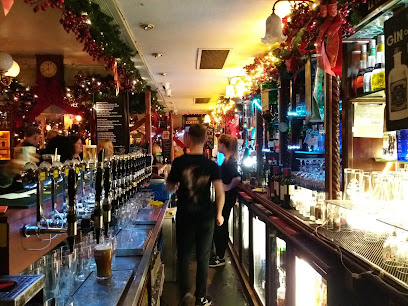
Edison
20.2 km
Experience the best cocktails in Cork at Edison, a lively cocktail bar known for its unique drinks and vibrant atmosphere.

Mutton Lane Inn
20.2 km
Experience the heart of Cork at Mutton Lane Inn, a historic pub serving traditional Irish drinks and vibrant local culture.

The Thomond Bar
20.2 km
Experience the warmth of Irish hospitality and tradition at The Thomond Bar, Cork's beloved pub for food, music, and good cheer.

The Long Valley Bar
20.3 km
Discover the charm of The Long Valley Bar, an authentic Irish pub in Cork serving traditional food and local brews in a cozy atmosphere.
